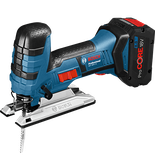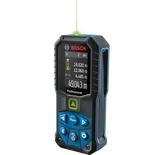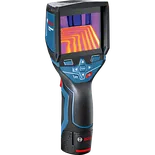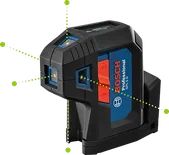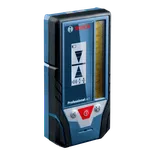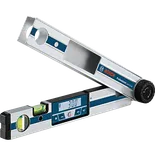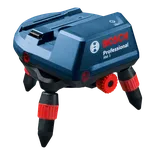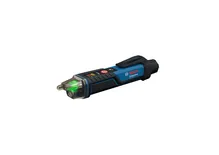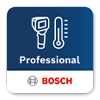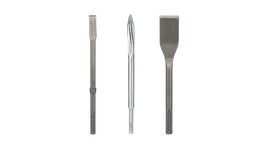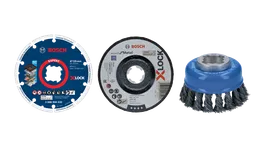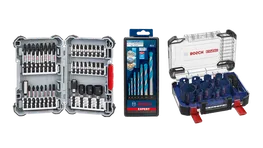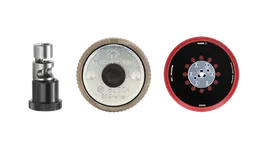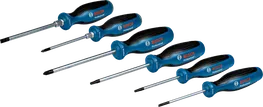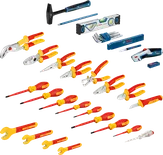Construction sites are dangerous places. Even when work is being carried out responsibly, unpredictable factors can easily give rise to risky situations. The potential consequences are very serious given the powerful forces that tradespeople deal with.
That is why blue tools from Bosch Professional have been designed with maximum safety in mind. In particular, the drills and angle grinders in the Bosch Professional range take safety to a whole new level. The advanced sensor technology helps to prevent three dangers associated with power tool use: kickback, dropping and overheating.










